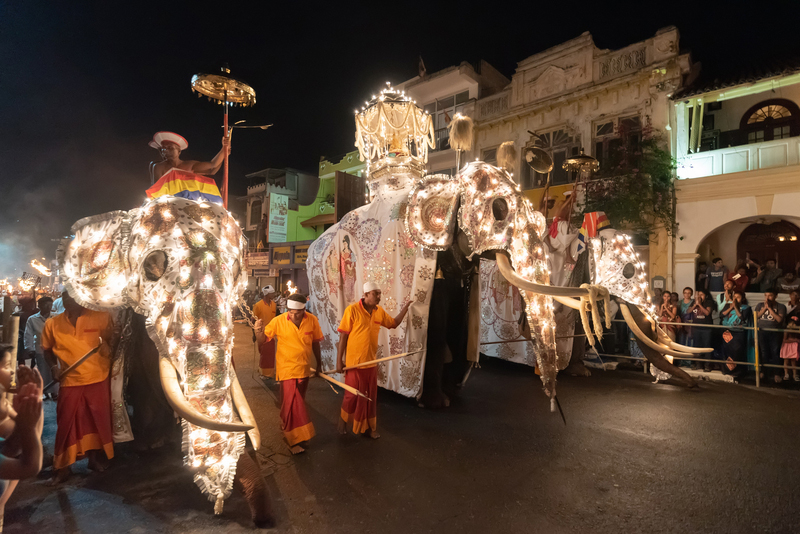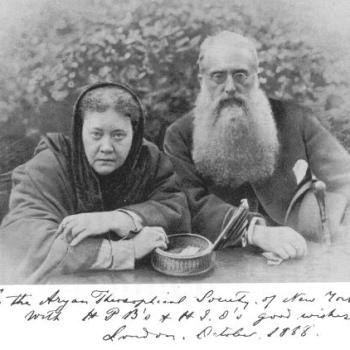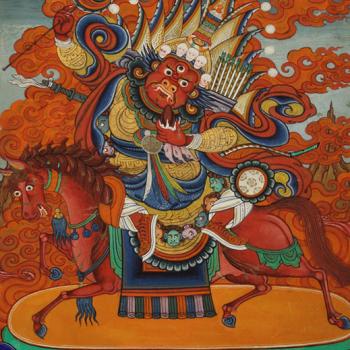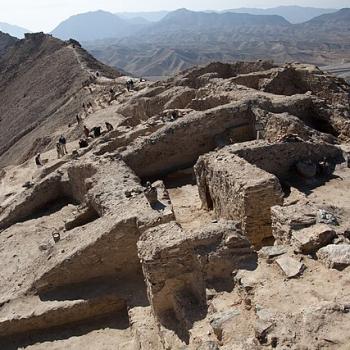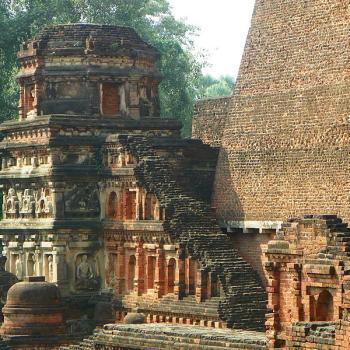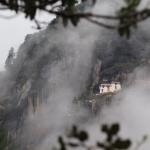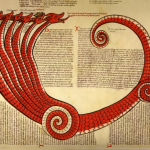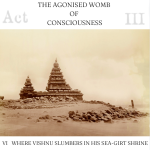Sri Lanka’s Festival of the Tooth is possibly the oldest Buddhist festival in Asia. Indeed, elements of the festival, called Esala Perahera, probably pre-date Buddhism’s arrival in Sri Lanka in the 3rd century BCE. Esala Perahera roughly translates into “procession of the eighth lunar month,” and following a lunar calendar the festival usually happens in July or August. In 2023 it will be held from August 21 to August 31. In 2024 it will be from July 10 to July 20.
Today’s festival is a ten-day extravaganza that includes Hindu observances and other not-necessarily-Buddhist features like dancers, fire jugglers, and elaborately decorated elephants. But the star of the festival is the Buddha’s tooth. And it’s a tooth with an action-packed story of its own.
The Buddha’s Tooth
Is it the tooth really the Buddha’s tooth? I offer no opinion here. I will just tell the story. Make of it what you will.
After the historical Buddha died — possibly in the 5th century BCE — his body was cremated and the ashes given to trusted lay followers to be placed in stupas, or reliquary shrines. According to one version of the story, four teeth and three bones were sifted from the ashes, and exactly what happened to those relics is a bit muddled. But one of the four teeth eventually made its way to Sri Lanka.
This tooth, a left canine tooth, for a time belonged to the king of Kalinga, an ancient kingdom on the east coast of India. But when war threatened Kalinga in 313 CE, the Buddha’s tooth was hidden in the coiled hair of the Princess Hemamalis and thereby smuggled to Sri Lanka for safekeeping. The tooth was received by King Kirthi Sri Meghwant (r. 305 to 331 CE), who built a temple to house it. And he is believed to have initiated the tradition of an annual procession of the tooth.
The Buddha’s Tooth in Sri Lanka
A Chinese prilgrim named Fa Hien traveled to Sri Lanka in the 5th century CE and left us a description of the Festival of the Tooth. He described gorgeously decorated elephants being ridden over streets covered in flowers. It was a 90 day festival then in which both monastics and laypeople engaged in rituals to venerate the tooth.
King Kirthi Sri Meghwant’s capital was in Anuradhapura, in the north central plain of Sri Lanka. In the centuries that followed, wars and invasions caused the capital to move several times. Each time a new temple was built to house the tooth, where it was kept under guard. Still, the tooth was not safe.
In 1283 the tooth was seized by invaders and taken back to India. The tooth was returned to Sri Lanka by King Parakkamabāhu III, who reigned from 1302 to 1310. But the worst was yet to come.
The Buddha’s Tooth Destroyed?
In 1505 Portuguese ships began landing on the shores of Sri Lanka, and within a few years Portuguese forces controlled most of the island except for the central highlands around Kandy. The Portuguese were hostile to Buddhism, and according to Sri Lankan accounts they destroyed many temples and the sacred art within them.
In 1560, the Portuguese seized the Buddha’s tooth. A king of Burma offered vast amounts of gold and a military alliance for the tooth, but the Portuguese weren’t tempted. The Catholic Archbishop of the region, plus the heads of the local Jesuit and Dominican missions, all wanted the tooth destroyed to discourage what they considered idolatry. So the Archbishop himself smashed the tooth to powder with a mortar. The powder was burned, and what bits remained were tossed into a river.
But wait — the King in Kandy declared that the Portuguese had destroyed a decoy tooth. The real tooth had been in the King’s possession all along.
The Tooth Today
The tooth’s current home is Sri Dalada Maligawa, the Temple of the Sacred Tooth Relic, in Kandy. This World Heritage Site is a beautiful complex built on a scenic lake. The main temple was completed in 1595.
The tooth is kept inside seven gold caskets covered in gemstones. Monks of the temple perform venerating rituals three times daily. The tooth is no longer allowed out of the temple to take part in the procession. Instead, a replica of the tooth is placed within an elaborate casket and carried on the back of the largest and most beautifully decorated elephant.
No, I do not know how the elephants feel about being decorated. But the more than 100 elephants who take part in the procession wear gorgeous embroidered silk robes with lighted head masks. The elephants are escorted by more than a thousand performers — dancers, drummers, acrobats, musicians. It’s a spectacle like no other, the travel websites say.
